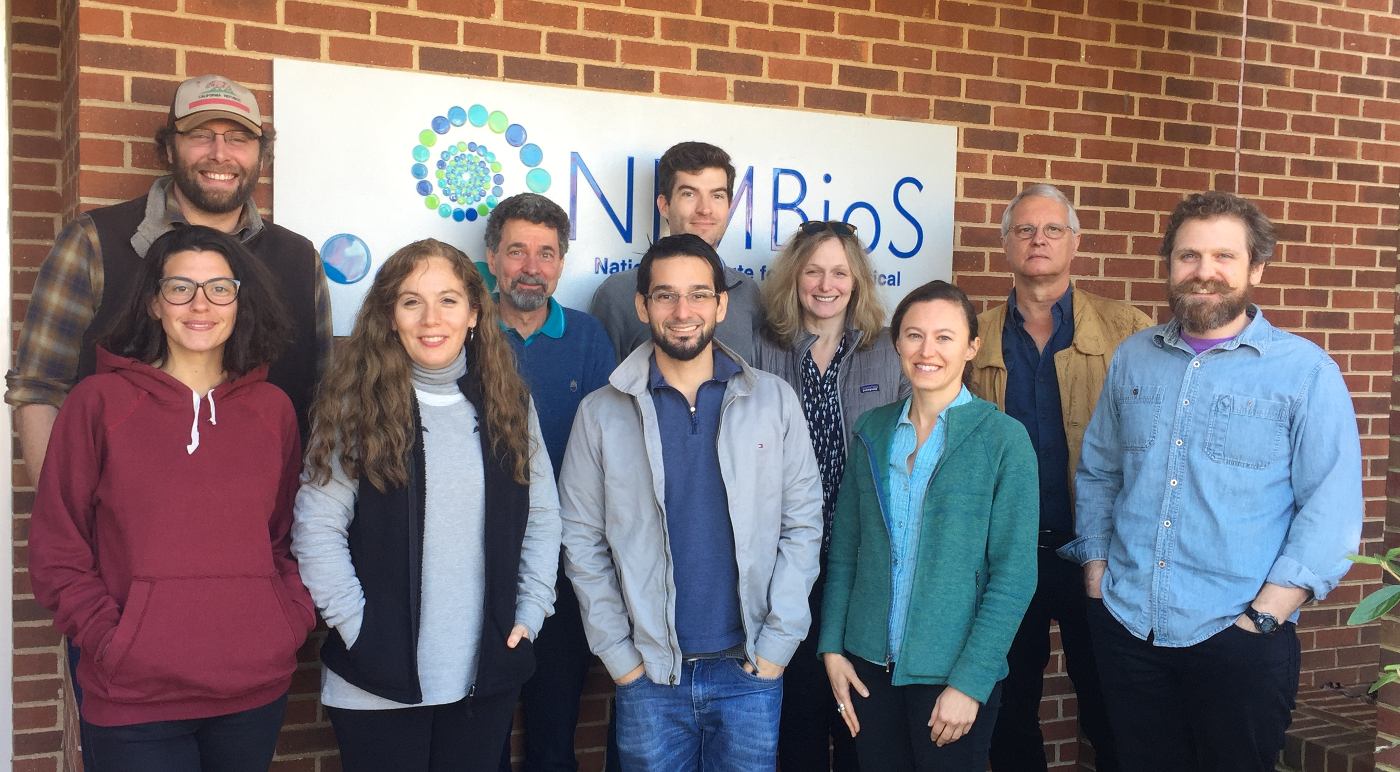
The activities of the Ecological Network Dynamics Working Group, which concluded this year, have culminated in a new R software package, now available, for analyzing the properties of large-scale ecological networks.
EcoNetGen constructs and samples networks with predetermined topologies including network size and structure. The networks can represent communities varying in size and types of interactions. The software gives its users the ability to simulate the complete underlying structure of a network and compare it to the size and structure of a sampled network.
Working Group members co-authored a paper, recently published in PeerJ, detailing use of the software package.
In “Revealing biases in the sampling of ecological interaction networks,” the study simulates large networks of species interactions and then subsamples from the simulations to simulate field sampling. The study is able then “to determine what biases exist in our study of network structure, and what aspects of real ecological networks slip through the cracks in empirical studies,” writes co-author David Hembry.
Several recommendations are made for empirical field ecologists to use in their projects that aim to characterize large species interaction networks.
The Working Group, which met four times at NIMBioS since June 2015, included field biologists, theoreticians and computational biologists. Co-organizers were David Hembry (Ecology and Evolutionary Biology, Univ. of Arizona); Dominique Gravel (Biology, Univ. de Sherbrooke, Quebec, Canada); Paulo Guimaraes Jr. (Ecology, Univ. of Sao Paulo (USP), Brazil); and James O’Donnell (School of Marine and Environmental Affairs, Univ. of Washington, Seattle).
Citation: de Aguiar et al. 2019. Revealing biases in the sampling of ecological interaction networks. PeerJ. DOI: 10.7717/peerj.7566
